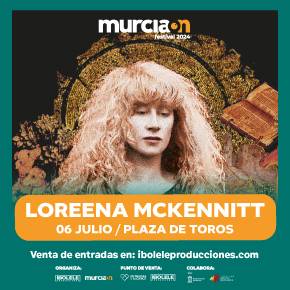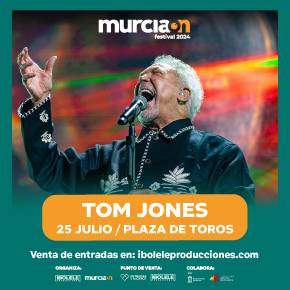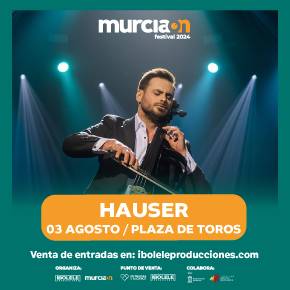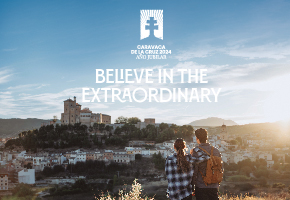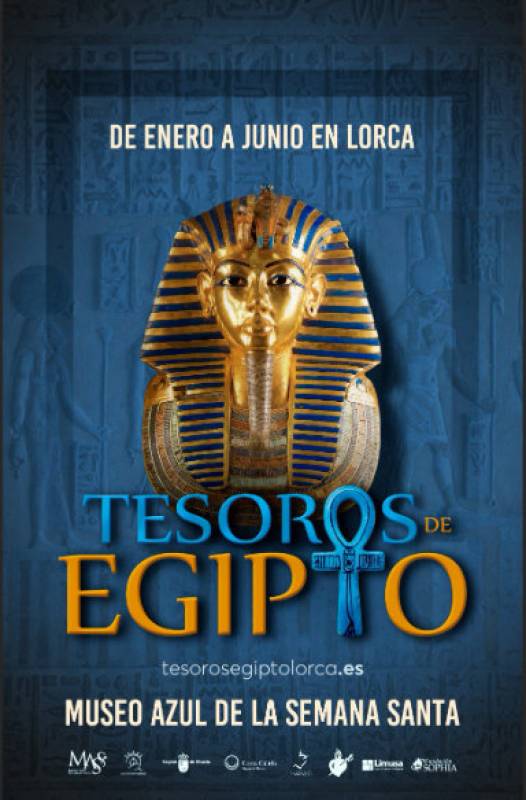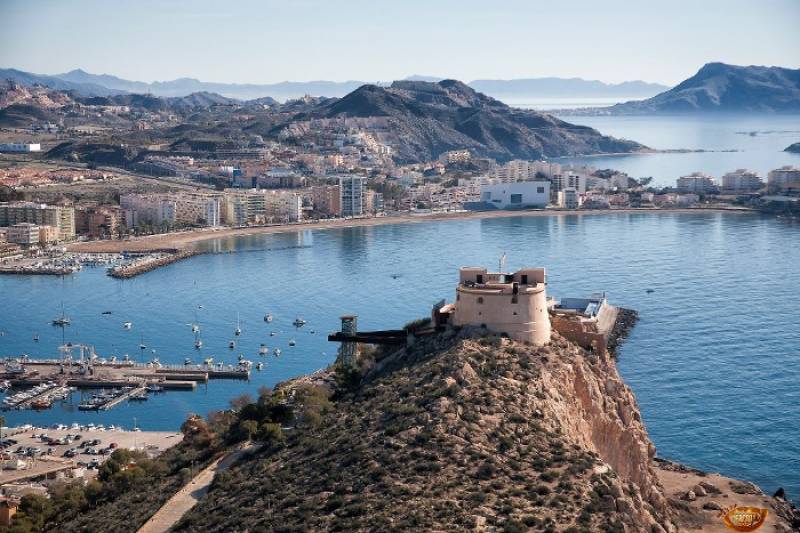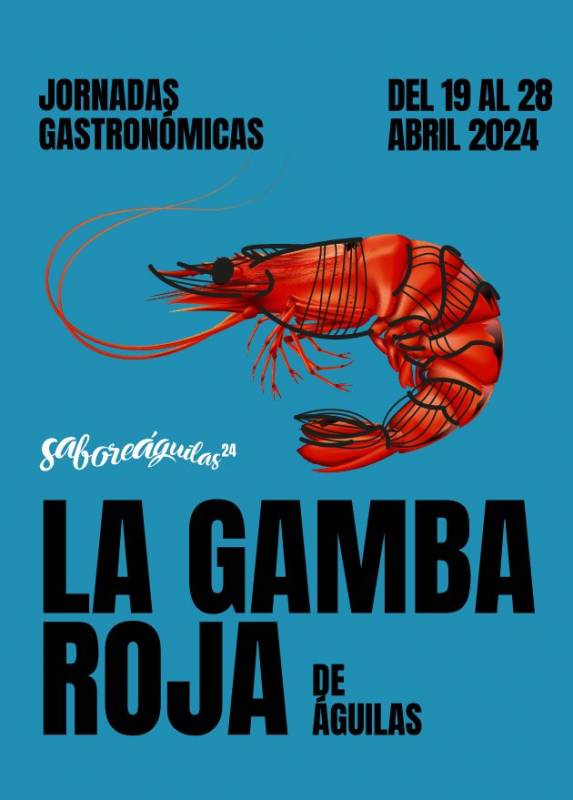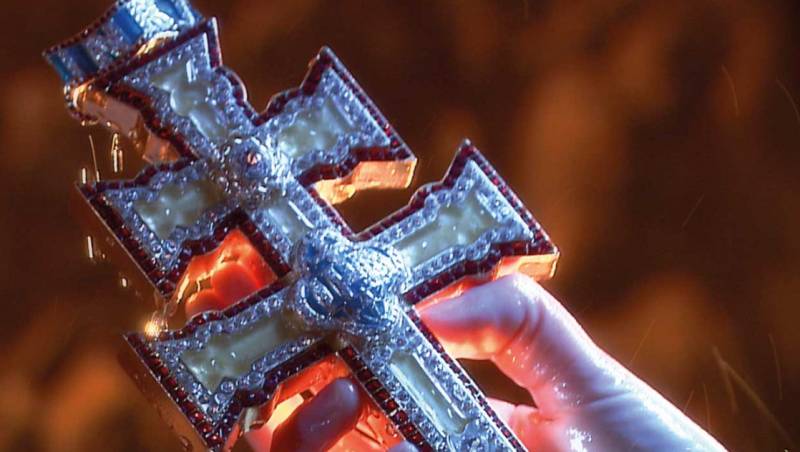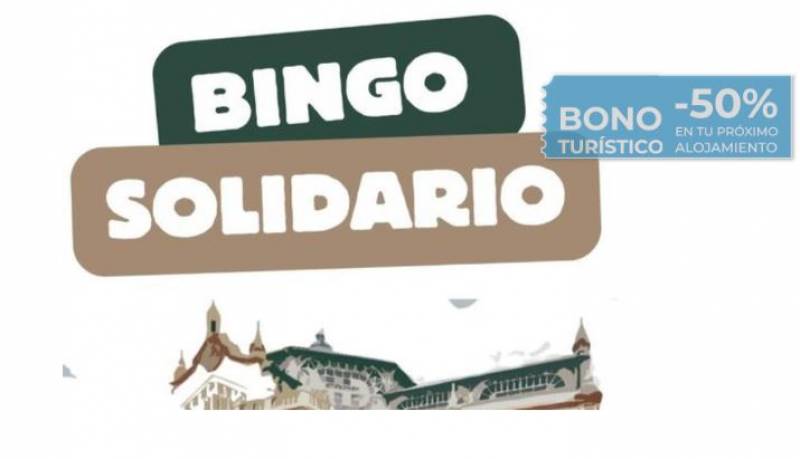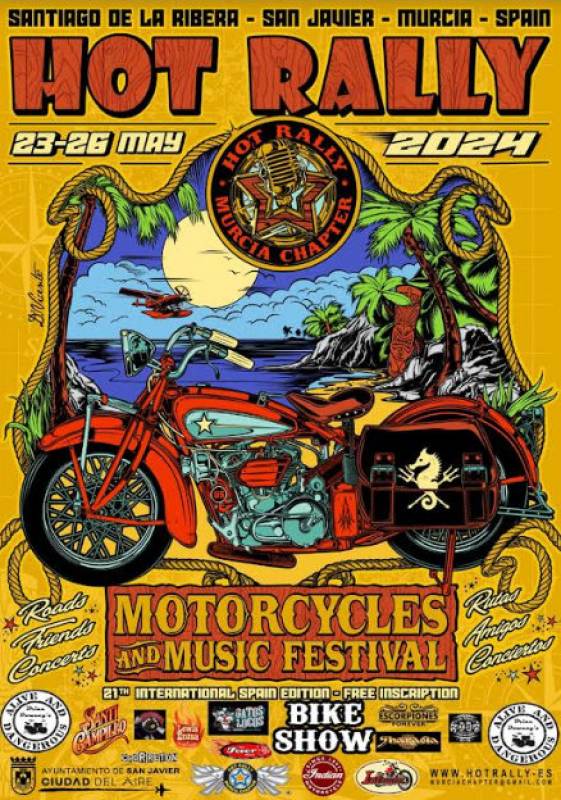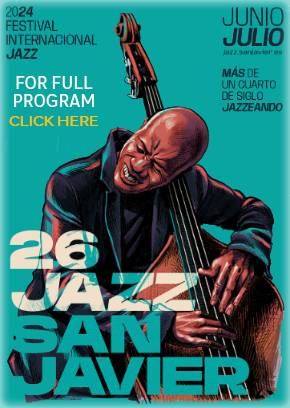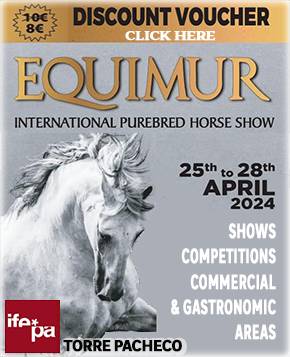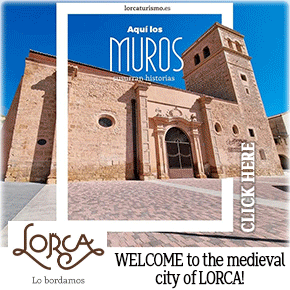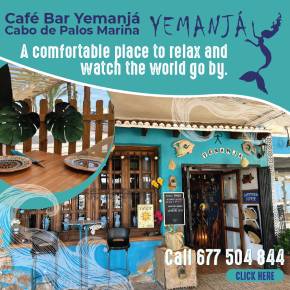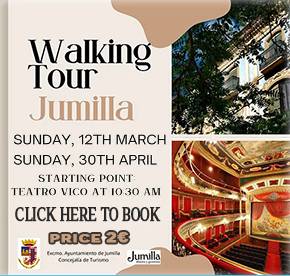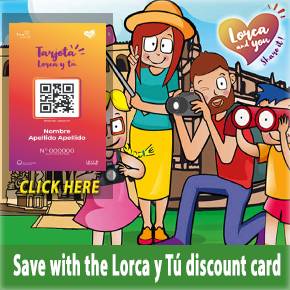- Region
- Águilas
- Alhama de Murcia
- Jumilla
- Lorca
- Los Alcázares
- Mazarrón
- San Javier
-
ALL AREAS & TOWNS
- AREAS
- SOUTH WEST
- MAR MENOR
- MURCIA CITY & CENTRAL
- NORTH & NORTH WEST
- TOWNS
- Abanilla
- Abarán
- Aguilas
- Alamillo
- Alcantarilla
- Aledo
- Alhama de Murcia
- Archena
- Balsicas
- Blanca
- Bolnuevo
- Bullas
- Cañadas del Romero
- Cabo de Palos
- Calasparra
- Camping Bolnuevo
- Campo De Ricote
- Camposol
- Canada De La Lena
- Caravaca de la Cruz
- Cartagena
- Cehegin
- Ceuti
- Cieza
- Condado de Alhama
- Corvera
- Costa Cálida
- Cuevas De Almanzora
- Cuevas de Reyllo
- El Carmoli
- El Mojon
- El Molino (Puerto Lumbreras)
- El Pareton / Cantareros
- El Raso
- El Valle Golf Resort
- Fortuna
- Fuente Alamo
- Hacienda del Alamo Golf Resort
- Hacienda Riquelme Golf Resort
- Isla Plana
- Islas Menores & Mar de Cristal
- Jumilla
- La Azohia
- La Charca
- La Manga Club
- La Manga del Mar Menor
- La Pinilla
- La Puebla
- La Torre
- La Torre Golf Resort
- La Unión
- Las Palas
- Las Ramblas
- Las Ramblas Golf
- Las Torres de Cotillas
- Leiva
- Librilla
- Lo Pagan
- Lo Santiago
- Lorca
- Lorquí
- Los Alcázares
- Los Balcones
- Los Belones
- Los Canovas
- Los Nietos
- Los Perez (Tallante)
- Los Urrutias
- Los Ventorrillos
- Mar De Cristal
- Mar Menor
- Mar Menor Golf Resort
- Mazarrón
- Mazarrón Country Club
- Molina de Segura
- Moratalla
- Mula
- Murcia City
- Murcia Property
- Pareton
- Peraleja Golf Resort
- Perin
- Pilar de la Horadada
- Pinar de Campoverde
- Pinoso
- Playa Honda
- Playa Honda / Playa Paraíso
- Pliego
- Portmán
- Pozo Estrecho
- Puerto de Mazarrón
- Puerto Lumbreras
- Puntas De Calnegre
- Region of Murcia
- Ricote
- Roda Golf Resort
- Roldan
- Roldan and Lo Ferro
- San Javier
- San Pedro del Pinatar
- Santiago de la Ribera
- Sierra Espuña
- Sucina
- Tallante
- Terrazas de la Torre Golf Resort
- Torre Pacheco
- Totana
- What's On Weekly Bulletin
- Yecla


- EDITIONS:
 Spanish News Today
Spanish News Today
 Alicante Today
Alicante Today
 Andalucia Today
Andalucia Today
ARCHIVED - March 31 to April 9 Semana Santa and the Night of the Drums in Mula 2023
The Tamborada in Mula on the night of Easter Tuesday is a fiesta of International Tourist Interest
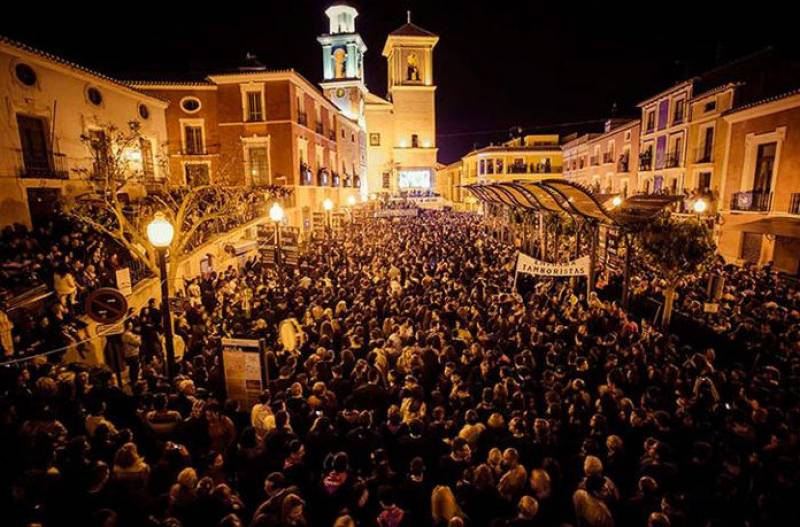 The Semana Santa celebrations in Mula, in the north-west of the Region of Murcia, combine the typical religious processions found throughout the Region of Murcia with the Night of the Drums, the Tamborada, which begins on the Tuesday of Easter Week continues through the night and into Wednesday. This mass drumming session takes place in the Plaza del Ayuntamiento, and is a renowned tourist attraction, bringing in more and more visitors every year.
The Semana Santa celebrations in Mula, in the north-west of the Region of Murcia, combine the typical religious processions found throughout the Region of Murcia with the Night of the Drums, the Tamborada, which begins on the Tuesday of Easter Week continues through the night and into Wednesday. This mass drumming session takes place in the Plaza del Ayuntamiento, and is a renowned tourist attraction, bringing in more and more visitors every year.
This event is one of those that should be experienced at least once if the opportunity arises: the moment when the drums all start to beat at the same time is extraordinary, a moment of exaltation and collective effort which physically sets the heart racing.
The traditional celebration of Easter in Mula goes back to medieval times, when the Passion of Christ was represented theatrically in order to communicate the message of the Bible to the mainly illiterate inhabitants. The drums appear to have been added to the celebrations during the 19th century, although no documentation sheds much light on how and why this came to be so. Indeed the first written records of the drummers come from occasions when they were banned!
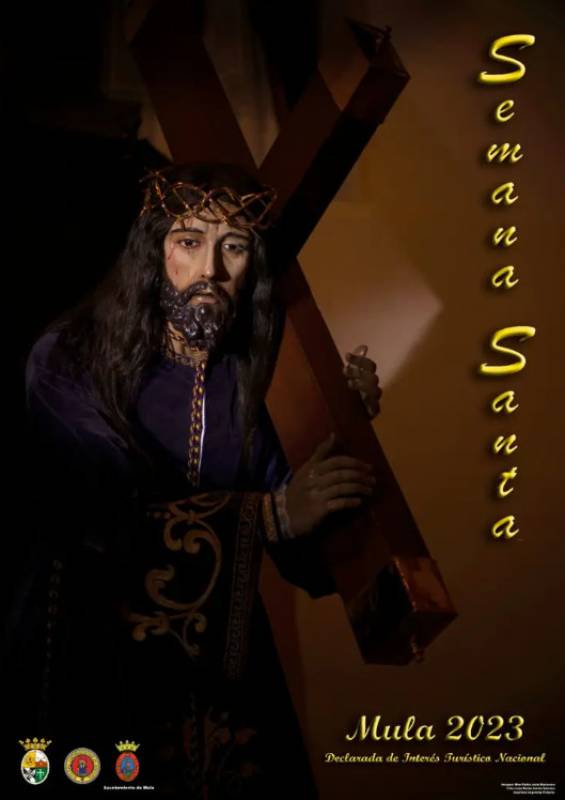 In other parts of Spain the use of drums has been connected with the symbolic driving out of the devil, or of bad luck.
In other parts of Spain the use of drums has been connected with the symbolic driving out of the devil, or of bad luck.
Nowadays, though, they add noise to the colour that already exists in the processions, with processions of images and tableaux including the Samaritana, the Procession in Silence, the Santo Entierro and the Resucitado, all of which wind their way through the steep streets of the town below the castle. The processions all remain within the old quarter of the town, which while this adds atmosphere to the occasion it also adds to the physical effort required to manoeuvre the heavy tronos, the "Cuesta del Caño" and Gradas being particularly steep and difficult to navigate. Walking the route leaves the prospective attendee short of breath, and there can be nothing but admiration for those who carry the tableaux up these steep steps and sharp inclines.
The most important moments of the week are generally agreed to be Tuesday morning, Good Friday morning and Easter Sunday until the afternoon, but no day is without its procession and accompanying crowds.
The oldest procession is the Samaritana on the Wednesday afternoon, which dates back to 1606, when it was founded by the Brotherhood of Nuestra Señora del Carmen. Other notable processions are on the Thursday evening, when the sculptures paraded are especially impressive, Friday morning, when the procession is held in silence, and Friday evening, when almost all of the tableaux are the work of the famous artist Lozano.
It is also worth noting the tunics worn by the paso of Jesús Nazareno, which sallies forth on Thursday evening: the robes are passed down through the families of participants and some are over 50 years old.
Since 1997, the Easter Sunday procession has featured a tableau carried only by women, which is rather unusual in the male-dominated world of the religious guilds!
Main churches:
Iglesia de San Miguel Arcángel, Click San Miguel
Iglesia de Santo Domingo Guzmán
Ermita de Nuestra Señora del Carmen
Real Monasterio de la Encarnación
Processions and main events 2023
March 31, Viernes de Dolores
9.00: Vía Crucis followed by the “Besamanos” (kissing the hand of the Virgen Dolorosa). The Besamanos continues all day.
19.00: Holy Mass in the Parroquia de San Miguel Arcángel, followed by the Vía Crucis procession at 20:30, with the Virgen de Los Dolores and the Santa Cruz.
Sunday April 2, Domingo de Ramos (Palm Sunday)
9.00: Blessing of the Palms in the Monasterio de la Encarnación.
9.30: Blessing of the Palms in San Miguel Arcángel and departure of liturgical to the Parroquia Mayor de Santo Domingo de Guzmán.
10.30: Mass and blessing of palms in the Santuario del Niño de Balate.
10.00: Holy mass in the church of Santo Domingo de Guzmán, followed by the Procession of Jesús Triunfante and Santiago Apóstol.
Figures:
1. Jesús Triunfante, José María Molina – 2002
2. Santiago Apóstol, Cuenca Santo – 2002
3. María de Cleofás, Cuenca Santo – 2006
4. San Juan, Sánchez Lozano – 1961
5. Virgen de la Paz, Sánchez Lozano - 1962
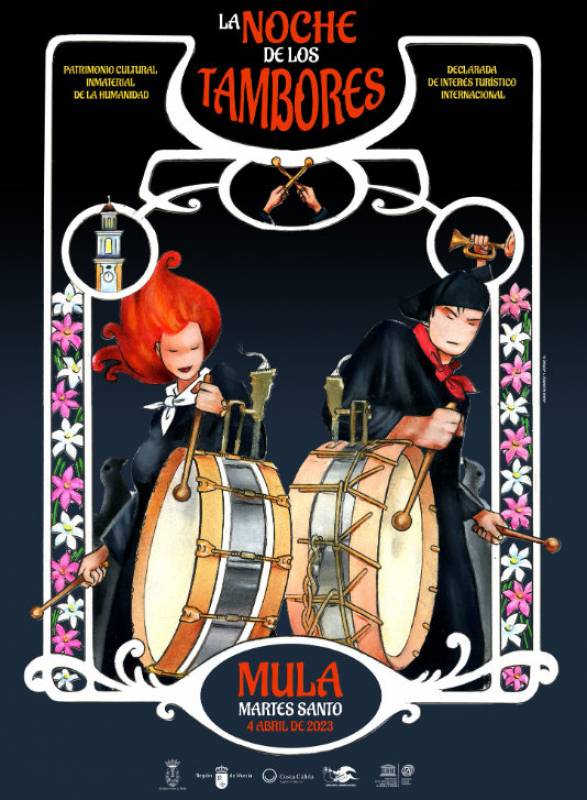 In the Plaza del Ayuntamiento, there is a reception for Jesús Triunfante and the various figures, and during the encuentro there are fireworks and a concert. The images then return to their churches.
In the Plaza del Ayuntamiento, there is a reception for Jesús Triunfante and the various figures, and during the encuentro there are fireworks and a concert. The images then return to their churches.
Route: Iglesia de Santo Domingo de Guzmán, Calle Santo Domingo, Calle Martín Perea, Calle del Jardín, Avda. de los Mártires, Calle Ollerías, Avda. Emeterio Cuadrado, Calle Boticas a Plaza del Ayuntamiento.
Return route: Calle Boticas, Calle Martín Perea y Calle de Santo Domingo to the Iglesia de Santo Domingo de Guzmán.
19.00: Mass in the church of San Miguel Arcángel.
19.30: Mass in the Parroquía de Santo Domingo de Guzmán.
Tuesday April 4, Martes Santo
La Noche de los Tambores, the Night of the Drums
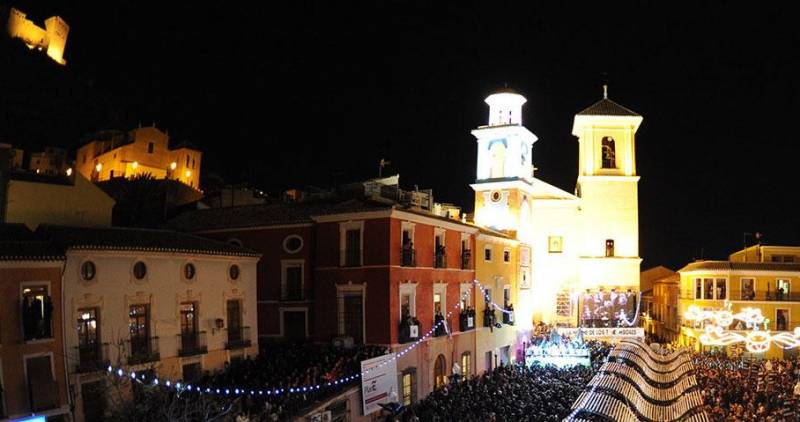 8.30: Mass in the Parroquia of San Miguel Arcángel.
8.30: Mass in the Parroquia of San Miguel Arcángel.
20.00: Mass in the Parroquia of San Miguel Arcángel.
Midnight: The Tamborada. At midnight on Tuesday practically the whole town gathers in the Plaza del Ayuntamiento, many wearing tunics, carrying their tambores (drums.) As midnight draws closer, silence falls, and as the bells ring out at midnight a tumultuous drumming begins as the drummers start to play in unison.
Gradually the rhythm is lost until each person is playing in their own world, and the players spread out through the streets of the city. The sound continues throughout the night, drummers playing until their hands are raw, the strongest continuing through the night.
It is an amazing spectacle and the moment when the drummers all begin to play in unison is heartstopping as the whole town shudders to the beat.
This night attracts thousands to the city to witness this amazing spectacle and it’s well worth the journey for that few seconds of anarchistic bliss!
Wednesday April 5, Miércoles Santo
20.00 Procesión de La Samaritana, starting at the Ermita de Nuestra Señora del Carmen, the home of the oldest of the Mula brotherhoods.
This particular procession involves negotiating the “gradas”, or steps, which lead up to the church, a steep and unforgiving climb for the weary bearers, negotiating the tight turns and steepness of the ascent.
Pasos:
1. La Samaritana, Sánchez Lozano - 1946
2. Oración en el Huerto, Sánchez Lozano - 1953
3. El Prendimiento, Sánchez Lozano - 1952
4. Ecce Homo, Sánchez Lozano - 1946
5. San Pedro, Sánchez Lozano - 2008
6. San Juan, Sánchez Lozano - 1944
7. Virgen de los Dolores, Sánchez Lozano - 1956
Route: Ermita de Nuestra Señora del Carmen, Calle de Santo Domingo, Calle Martín Perea, Calle del Jardín, to the corner with Calle Boticas, Calle San Miguel, Calle Doña Elvira, Calle Mayor, Calle del Caño, Plaza del Ayuntamiento, Calle Martín Perea, Calle los Sastres, Gradas del Carmen, Ermita de Nuestra Señora del Carmen.
Thursday April 6, Jueves Santo (Maundy Thursday)
Commemoration of the Last Supper
Click to read full report after attending this evening: Scallops for Santiago and sweets for sharing.
20.00: Candelight prayers in the Parroquia de Santo domingo de Guzmán until 2.00. The Easter Vigil begins at 22.00, and the church opens again at 8.00 the following morning.
19.30: Procesión de Nuestro Padre Jesús Nazareno, from the Church of Santo Domingo de Guzmán. The brotherhood known as the Hermandad de Nuestro Padre Jesús Nazareno was reformed in 1911, but its origin is unknown due to the disappearance of archives during the civil War.
Pasos:
1. Cristo atado a la Columna, González Moreno - 1952
2. Nuestro Padre Jesús Nazareno, Sánchez Lozano - 1946
3. La Verónica, Carrillo Marco - 1947
4. Cristo de la Agonía, Unknown sculptor - 1943
5. Santiago Apóstol, Cuenca Santo - 2002
6. San Juan, Sánchez Lozano - 1961
7. Virgen de los Dolores, Sánchez Lozano - 1943
Route: Iglesia de Santo Domingo de Guzmán, Calle Santo Domingo, Calle Martín Perea, Calle del Jardín, Avda. de los Mártires, Calle del Olmo, Avda. Emeterio Cuadrado, Calle Boticas, Calle San Miguel, Calle Doña Elvira, Calle Mayor, Calle del Caño, Plaza del Ayuntamiento, Calle Martín Perea, Calle Santo Domingo, Santo Domingo de Guzmán.
23.00: Candlelight vigil in the Parroquia de Santo Domingo Guzmán: the church remains open all night.
Friday April 7, Viernes Santo (Good Friday)
01.00: The Procession of Silence leaves from the Iglesia de Santo Domingo de Guzmán, featuring the Cristo del Asilo (1976), which was made in the workshops of Santa Rufina in Valencia.
This procession is organized by the Cofradía of the Santísimo Cristo del Asilo which was founded in 1523. The street lights are extinguished and Christ parades alone, lit only by four lamps, the townspeople following in silence behind, betrayed.
Route: Santo Domingo, Calle Martín Perea, Calle Jardín, Avenida de los Mártires, Calle Prosperidad, Calle Villa de Bullas, Calle Juan Ramón Jiménez, Calle García Lorca, Calle Cambrones, Calle Molino Primero, Calle Monjas, Santo Domingo de Guzmán.
8.00: Until 16.00, the hour of Christ's death, the tambores resume their drumming.
8.00: The church of Santo Domingo de Guzmán opens for prayers.
17.00: Easter Mass in the Real Monasterio de la Encarnación.
19.00: Easter Mass in the Parroquia of San Miguel Arcángel.
17.00: Easter Mass in the church of Santo Domingo de Guzmán.
19.30 Procesión del Santo Entierro from the Church of Santo Domingo de Guzmán to the Plaza de Santo Domingo.
At the end of this procession, all the images arrive in the Plaza de la Iglesia, and wait outside for the image of Christ to arrive. He is removed from his trono and remains in the doorway of the church, carried by his bearers, whilst each of the pasos dips down in reverence and pays homage to him. This act is known as "Las Reverencías."
Pasos:
1. La Piedad, Sánchez Lozano - 1950
2. Cristo Yacente, Sánchez Lozano - 1948
3. Soledad del Calvario,Sánchez Lozano - 1962
4. María Magadalena,Sánchez Lozano - 1948
5. San Juan, Sánchez Lozano - 1961
6. Virgen de la Soledad, Sánchez Lozano - 1941
Route: Iglesia de Santo Domingo de Guzmán, Calle Santo Domingo, Calle Martín Perea, Calle del Jardín, Avda. de los Mártires, Calle del Olmo, Avda. Emeterio Cuadrado, Calle Boticas, Calle San Miguel, Calle Dña. Elvira, Calle Mayor, Calle del Caño, Plaza del Ayuntamiento, Calle Martín Perea, Calle Santo Domingo, Iglesia de Santo Domingo de Guzmán.
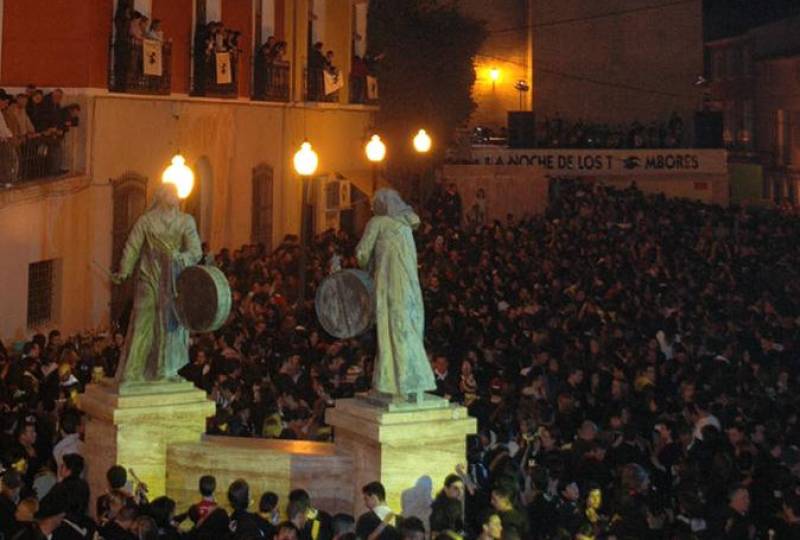
Saturday April 8, Sábado de Gloria (Easter Saturday)
21.00: Choral Mass in the Real Monasterio de la Encarnación.
21.30: Mass in the Parroquia of Santo Domingo de Guzmán.
22.30: Mass in the church of San Miguel Arcángel.
Sunday April 9, Domingo de Resurreción (Easter Sunday)
The drums sound again, from midday to 21.00.
This is a parade of joy, of light, of resurrection, with several little quirks which make the Sunday resurrection parades so different from all the rest. During the encuentro which takes place in the Plaza del Ayuntamiento, the tronos dip to acknowledge Christ resurrected, each group performing a little dance to their own particular music.
The act of reverence also takes place on the corner of the Palacio, as the pasos split off to return to their respective churches.
The images which return to the Real Monasterio de la Encarnación, perform a final act of reverence, the bearers lifting the tronos high above their heads, before dropping down onto their knees, carrying the tronos into the church on their knees. As the Ángel Triunfante, Ángeles en el Sepulcro, Jesús Resucitado, María Salomé and Nuestra Señora de los Ángeles arrive in the Monastery a concert is held.
In perfect synchrony the Cofradías and pasos leave their respective churches, joining together in an encuentro, then continue the procession together.
8.30: Mass in the church of San Miguel Arcángel.
8.30: Procesión del Resucitado, from the Real Monasterio de la Encarnación and the church of Santo Domingo de Guzmán, arriving in the Plaza del Ayuntamiento at 10.00 for the encuentro.
Pasos:
1. Ángel Triunfante, García Mengual - 1995
2. Ángeles en el Sepulcro, Yuste Navarro - 2008
3. Jesús Resucitado, Hernández Navarro - 1990
4. María Salomé, Hernandez Navarro - 1997
5. María Magdalena, Sánchez Lozano - 1948
6. San Pedro, Juan José Páez - 2008
7. Santiago Apóstol, Cuenca Santo - 2002
8. San Juan, Sánchez Lozano - 1944
9. Virgen de los Dolores, Sánchez Lozano - 1956
Route: Starting at Real Monasterio de la Encarnación, Iglesia de Santo Domingo de Guzmán and Ermita de Nuestra Señora del Carmen. Calle del Santo, Calle Carretería, Calle Cartagena, Avda. Emeterio Cuadrado, Calle Boticas, Plaza del Ayuntamiento (encuentor), Calle Martín Perea, Calle las Monjas and then each group returns to its respective church.
Cartagena
El Carmoli
Islas Menores and Mar de Cristal
La Manga Club
La Manga del Mar Menor
La Puebla
La Torre Golf Resort
La Union
Los Alcazares
Los Belones
Los Nietos
Los Urrutias
Mar Menor Golf Resort
Pilar de la Horadada
Playa Honda / Playa Paraiso
Portman
Roldan and Lo Ferro
San Javier
San Pedro del Pinatar
Santa Rosalia Lake and Life resort
Terrazas de la Torre Golf Resort
Torre Pacheco
Aledo
Alhama de Murcia
Bolnuevo
Camposol
Condado de Alhama
Fuente Alamo
Hacienda del Alamo Golf Resort
Lorca
Mazarron
Puerto de Mazarron
Puerto Lumbreras
Sierra Espuna
Totana
Abaran
Alcantarilla
Archena
Blanca
Corvera
El Valle Golf Resort
Hacienda Riquelme Golf Resort
Lorqui
Molina de Segura
Mosa Trajectum
Murcia City
Peraleja Golf Resort
Ricote
Sucina
Condado de Alhama
El Valle Golf Resort
Hacienda del Alamo Golf Resort
Hacienda Riquelme Golf Resort
Islas Menores and Mar de Cristal
La Manga Club
La Torre Golf Resort
Mar Menor Golf Resort
Mazarron Country Club
Mosa Trajectum
Peraleja Golf Resort
Santa Rosalia Lake and Life resort
Terrazas de la Torre Golf Resort
La Zenia
Lomas de Cabo Roig
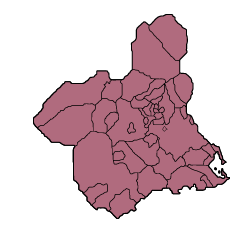
CAMPOSOL TODAY Whats OnCartagena SpainCoronavirusCorvera Airport MurciaMurcia Gota Fria 2019Murcia property news generic threadWeekly Bulletin



